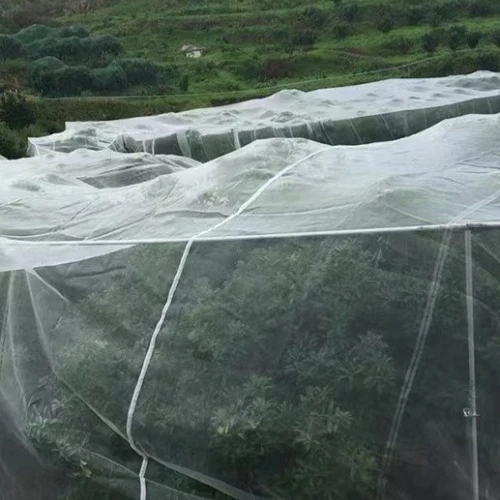-
 Afrikaans
Afrikaans -
 Albanian
Albanian -
 Amharic
Amharic -
 Arabic
Arabic -
 Armenian
Armenian -
 Azerbaijani
Azerbaijani -
 Basque
Basque -
 Belarusian
Belarusian -
 Bengali
Bengali -
 Bosnian
Bosnian -
 Bulgarian
Bulgarian -
 Catalan
Catalan -
 Cebuano
Cebuano -
 China
China -
 Corsican
Corsican -
 Croatian
Croatian -
 Czech
Czech -
 Danish
Danish -
 Dutch
Dutch -
 English
English -
 Esperanto
Esperanto -
 Estonian
Estonian -
 Finnish
Finnish -
 French
French -
 Frisian
Frisian -
 Galician
Galician -
 Georgian
Georgian -
 German
German -
 Greek
Greek -
 Gujarati
Gujarati -
 Haitian Creole
Haitian Creole -
 hausa
hausa -
 hawaiian
hawaiian -
 Hebrew
Hebrew -
 Hindi
Hindi -
 Miao
Miao -
 Hungarian
Hungarian -
 Icelandic
Icelandic -
 igbo
igbo -
 Indonesian
Indonesian -
 irish
irish -
 Italian
Italian -
 Japanese
Japanese -
 Javanese
Javanese -
 Kannada
Kannada -
 kazakh
kazakh -
 Khmer
Khmer -
 Rwandese
Rwandese -
 Korean
Korean -
 Kurdish
Kurdish -
 Kyrgyz
Kyrgyz -
 Lao
Lao -
 Latin
Latin -
 Latvian
Latvian -
 Lithuanian
Lithuanian -
 Luxembourgish
Luxembourgish -
 Macedonian
Macedonian -
 Malgashi
Malgashi -
 Malay
Malay -
 Malayalam
Malayalam -
 Maltese
Maltese -
 Maori
Maori -
 Marathi
Marathi -
 Mongolian
Mongolian -
 Myanmar
Myanmar -
 Nepali
Nepali -
 Norwegian
Norwegian -
 Norwegian
Norwegian -
 Occitan
Occitan -
 Pashto
Pashto -
 Persian
Persian -
 Polish
Polish -
 Portuguese
Portuguese -
 Punjabi
Punjabi -
 Romanian
Romanian -
 Russian
Russian -
 Samoan
Samoan -
 Scottish Gaelic
Scottish Gaelic -
 Serbian
Serbian -
 Sesotho
Sesotho -
 Shona
Shona -
 Sindhi
Sindhi -
 Sinhala
Sinhala -
 Slovak
Slovak -
 Slovenian
Slovenian -
 Somali
Somali -
 Spanish
Spanish -
 Sundanese
Sundanese -
 Swahili
Swahili -
 Swedish
Swedish -
 Tagalog
Tagalog -
 Tajik
Tajik -
 Tamil
Tamil -
 Tatar
Tatar -
 Telugu
Telugu -
 Thai
Thai -
 Turkish
Turkish -
 Turkmen
Turkmen -
 Ukrainian
Ukrainian -
 Urdu
Urdu -
 Uighur
Uighur -
 Uzbek
Uzbek -
 Vietnamese
Vietnamese -
 Welsh
Welsh -
 Bantu
Bantu -
 Yiddish
Yiddish -
 Yoruba
Yoruba -
 Zulu
Zulu
bird trapping net
The Art and Science of Bird Trapping Nets
Bird trapping nets are an essential tool in ornithology and wildlife research, playing a crucial role in the study and conservation of avian species. These nets are designed to capture birds safely and humanely, allowing researchers to gather vital data and monitor populations. Understanding the art and science behind bird trapping nets is essential for anyone involved in bird research or conservation efforts.
Bird trapping nets typically come in two main types mist nets and cannon nets. Mist nets are fine mesh nets that are nearly invisible to birds, making them an effective tool for capturing them without causing harm. These nets are set up in strategic locations, such as near feeding areas or along migratory paths. Once birds fly into the net, they become entangled but are usually unharmed. Researchers often check the nets frequently to minimize stress on the captured birds.
Cannon nets, on the other hand, are used for capturing larger groups of birds at once. These nets are fired from a launcher that propels the net over a flock of birds, catching several at a time. This method is particularly useful for surveying populations of migratory birds and can provide a wealth of information about species distribution and behavior.
bird trapping net

The use of bird trapping nets is governed by ethical guidelines and regulations to ensure the well-being of the captured birds. Researchers must be properly trained and obtain necessary permits before conducting any trapping activities. The primary goal is to minimize the negative impact on bird populations while collecting valuable data that can inform conservation strategies.
Once captured, birds are typically banded or tagged with unique identifiers, allowing researchers to track their movements and study their life cycles. This information can be invaluable in understanding migration patterns, breeding behaviors, and population dynamics. Data collected from bird trapping can help identify trends that may indicate the health of ecosystems and the impact of environmental changes.
In recent years, advancements in technology have enhanced bird trapping methods. For example, the introduction of bird monitoring devices such as GPS tags has revolutionized how researchers study bird movements. These devices allow for real-time tracking and provide insights that were previously unattainable.
In conclusion, bird trapping nets are a vital tool for ornithologists and conservationists alike. Through careful and ethical use, these nets provide critical data that contribute to our understanding of bird populations and their ecological roles. As we continue to explore the complexities of avian life, the importance of these trapping methods cannot be overstated, making them an indispensable part of modern wildlife research.
-
Shipping Plastic Bags for Every NeedNewsJul.24,2025
-
Safety Netting: Your Shield in ConstructionNewsJul.24,2025
-
Plastic Mesh Netting for Everyday UseNewsJul.24,2025
-
Nylon Netting for Every UseNewsJul.24,2025
-
Mesh Breeder Box for Fish TanksNewsJul.24,2025
-
Expanded Steel Mesh Offers Durable VersatilityNewsJul.24,2025











